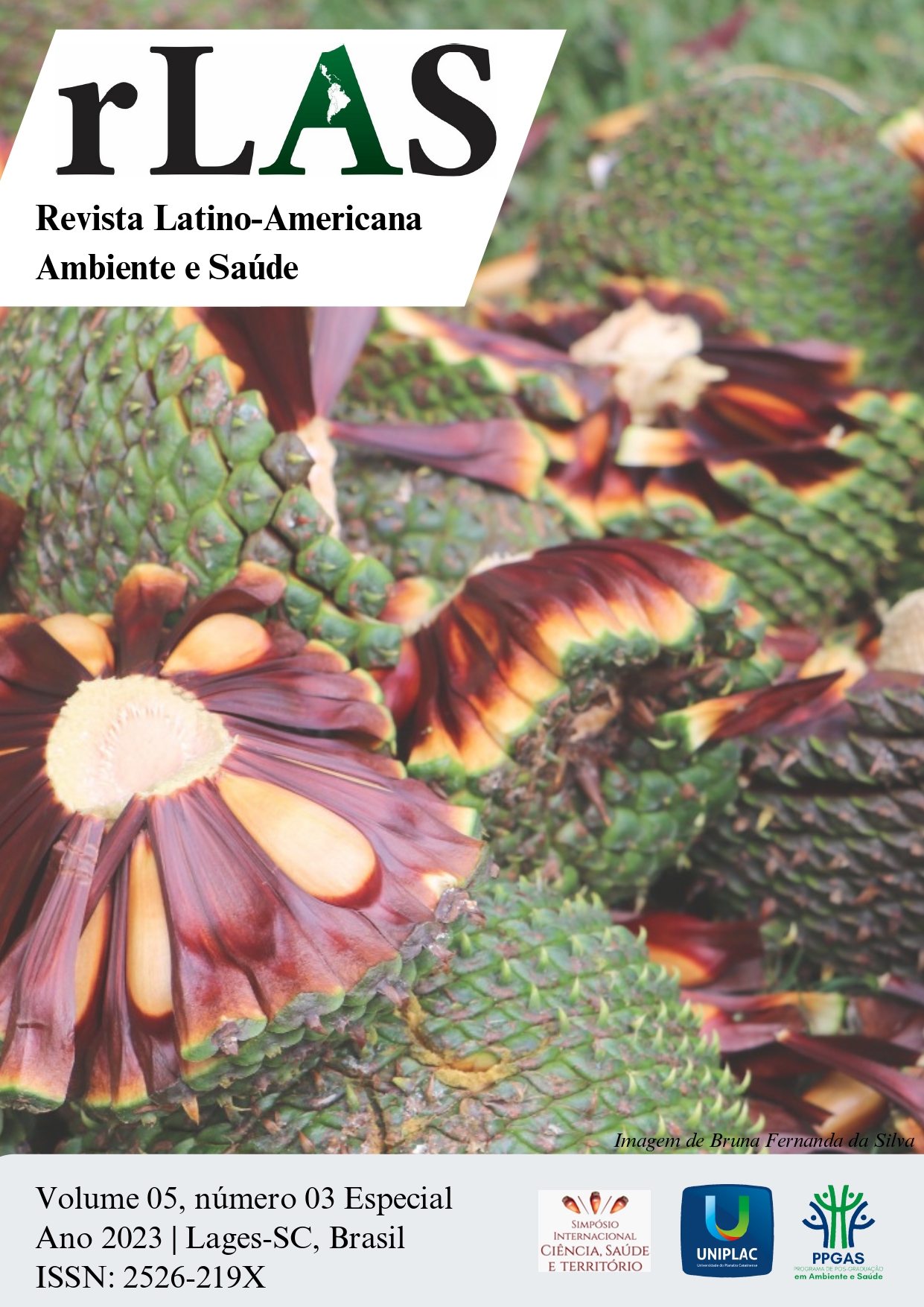Rooting of the common bean (Phaseolus vulgaris L.) submitted to treatment with homeopathic preparations
Keywords:
Ultra dilution. Homeopathy. SustainabilityAbstract
The common bean has great social, economic and cultural importance in Brazil. Its grains are characterized as an essential food in the Brazilian diet. However, current production systems use a high load of pesticides, posing a risk to the environment and human health. The adoption of non-residual practices proves to be of great relevance in the production of food whose consumers are increasingly aware of and restricted in their way of production. The objective of this work was to evaluate the effect of homeopathic preparations on the establishment of common bean plants, through their root system. A randomized experimental design with three treatments and 10 replications was used. The experiment was conducted in vases in a greenhouse with an experimental plot of one plant per 5 L vase, containing substrate, sand and Bokashi in a 2:2:1 ratio. The treatments used were the homeopathic preparations Kalium muriaticum 12 DH and Calcarea phosphorica 12 DH and distilled water as a control. Root architecture and morphology were evaluated 30 days after sowing, resulting in the variables: root diameter (cm), root length (cm), root volume (cm3) and root system projection area (cm2). The results showed that the use of the homeopathic preparation Calcarea phosphorica 12-DH significantly favored the rooting of the bean plant compared to the control. Calcarea phosphorica 12-DH increased volume, length, root diameter and root projection. The homeopathic preparation Calcarea phosphorica 12-DH favored the establishment of common bean plants by stimulating their rooting
References
ANDRADE, F.M.C.A.; CASALI, V.W.D.C. Homeopatia, agroecologia e sustentabilidade. Revista Brasileira de Agroecologia, v.6, n.1, p.49-56. 2011.
BOFF, P. Saúde vegetal e a contribuição da homeopatia na transição ecológica da agricultura. Revista Brasileira de Agroecologia, v.4, n.2, p.3963–3966, 2009.
BONFIM, G.P.F; CASALI, D.W.V. Homeopatia: planta, água e solo: comprovações científicas as altas diluições. Universidade Federal de Viçosa, p.102, 2011.
DEBONI T.C.; MARCONI M.C.; BOFF M.I.C.; BOFF P. Ação da Homeopatia na germinação do feijão. Instituto Agronômico de Campinas, v.85, p.717-720. 2008.
HEINEMANN, A.B.Climate change determined drought stress profiles in rainfed common bean production systems in Brazil. Agricultural and Forest Meteorology, v.246, p.64-77, 2017.
MAIA, A. G.; BUAINAIN, A. M. O novo mapa da população rural brasileira. Confins, v.25, p.1-26, 2015.
MÜLLER, S. F.; MEINERZ, C. C.; CASAGRANDE, J. Efeito de soluções homeopáticas na produção de rabanete. Revista Brasileira de Agroecologia, v.4, p.2492-2495, 2009.
MORAES, E. S.; MENELAU, A. S. Análise do mercado de feijão comum. Revista de Política Agrícola, n.1, 2017.
MODOLON, T. A. et al. Efeito de dinamizações sequenciais do preparado homeopático Nux vomica no desenvolvimento inicial de plantas de milho submetido ao percevejo barriga verde Dichelops melacanthus Dallas (Heteroptera: Pentatomidae). Cadernos de Agroecologia, v.10, n.3, p.1-8, 2015.
TOLEDO, M.V.; STANGARLIN, J.R.; BONATO, C.M. Controle da pinta preta e efeito sobre variáveis de crescimento em tomateiro por preparados homeopáticos. Summa Phytopathologica, v.41, n.2, p.126-132, 2015.


